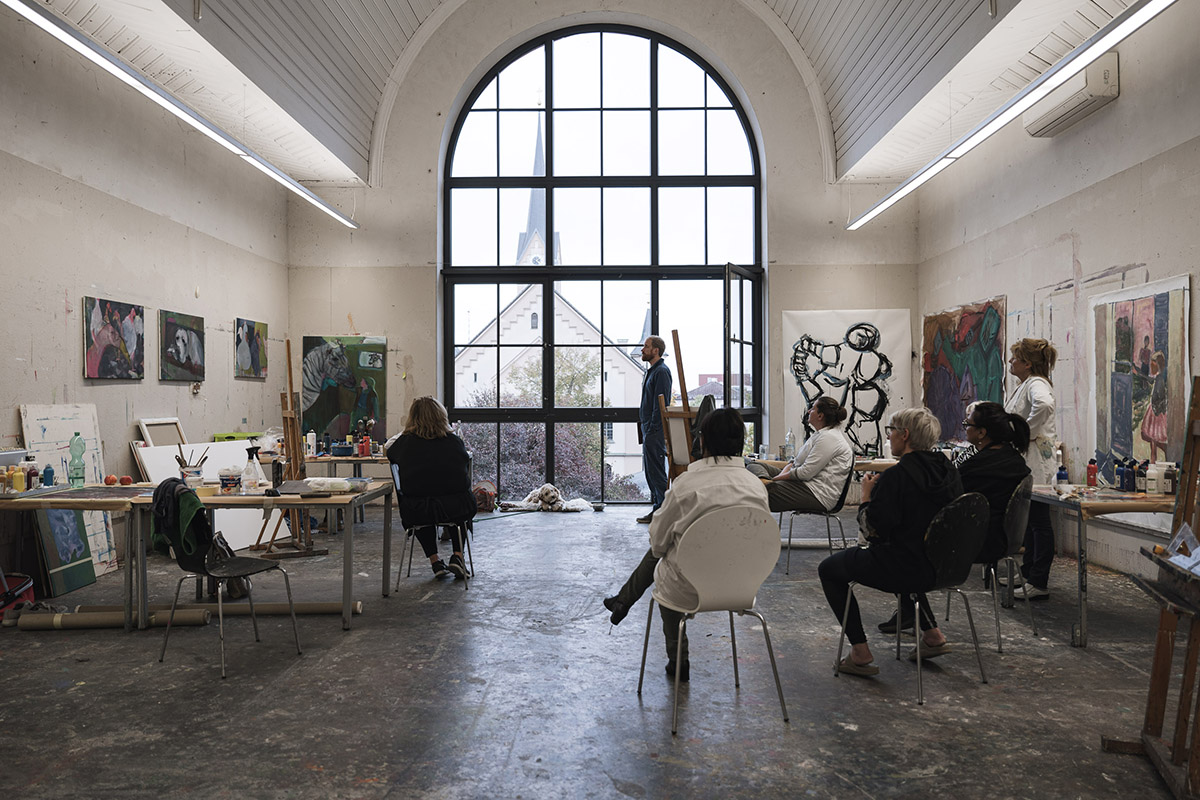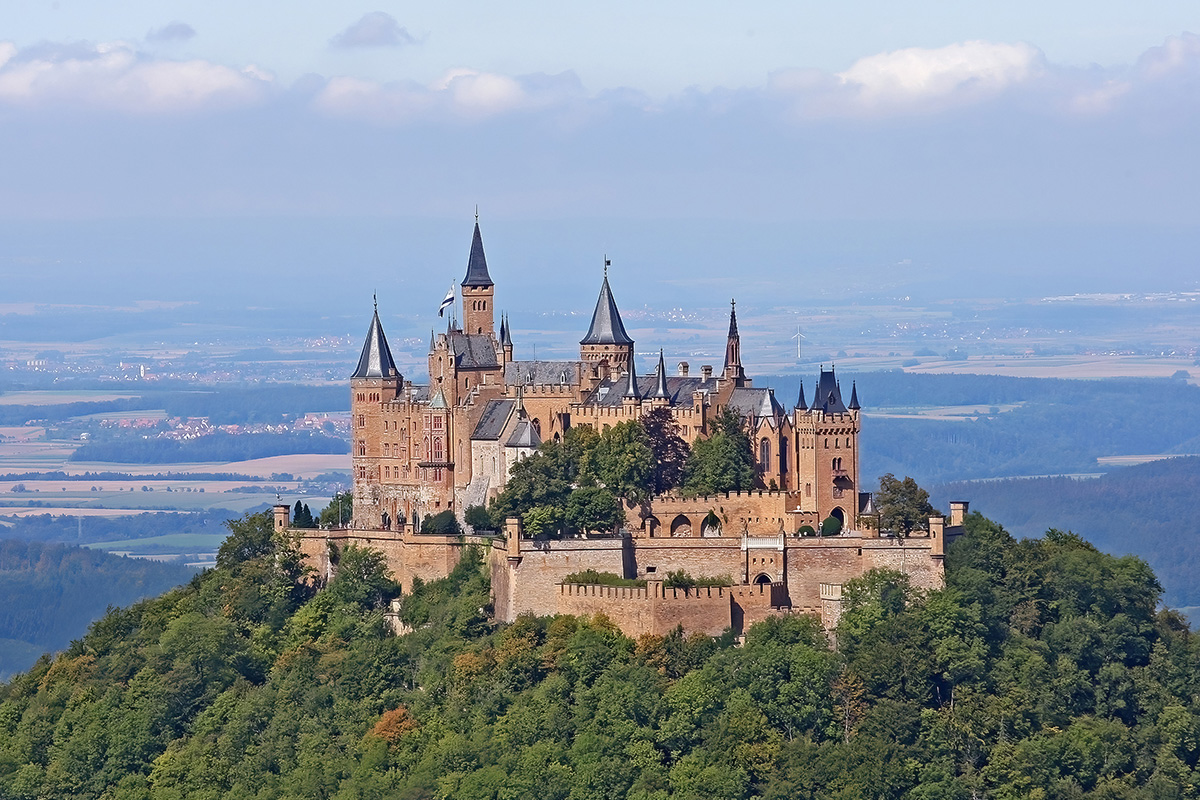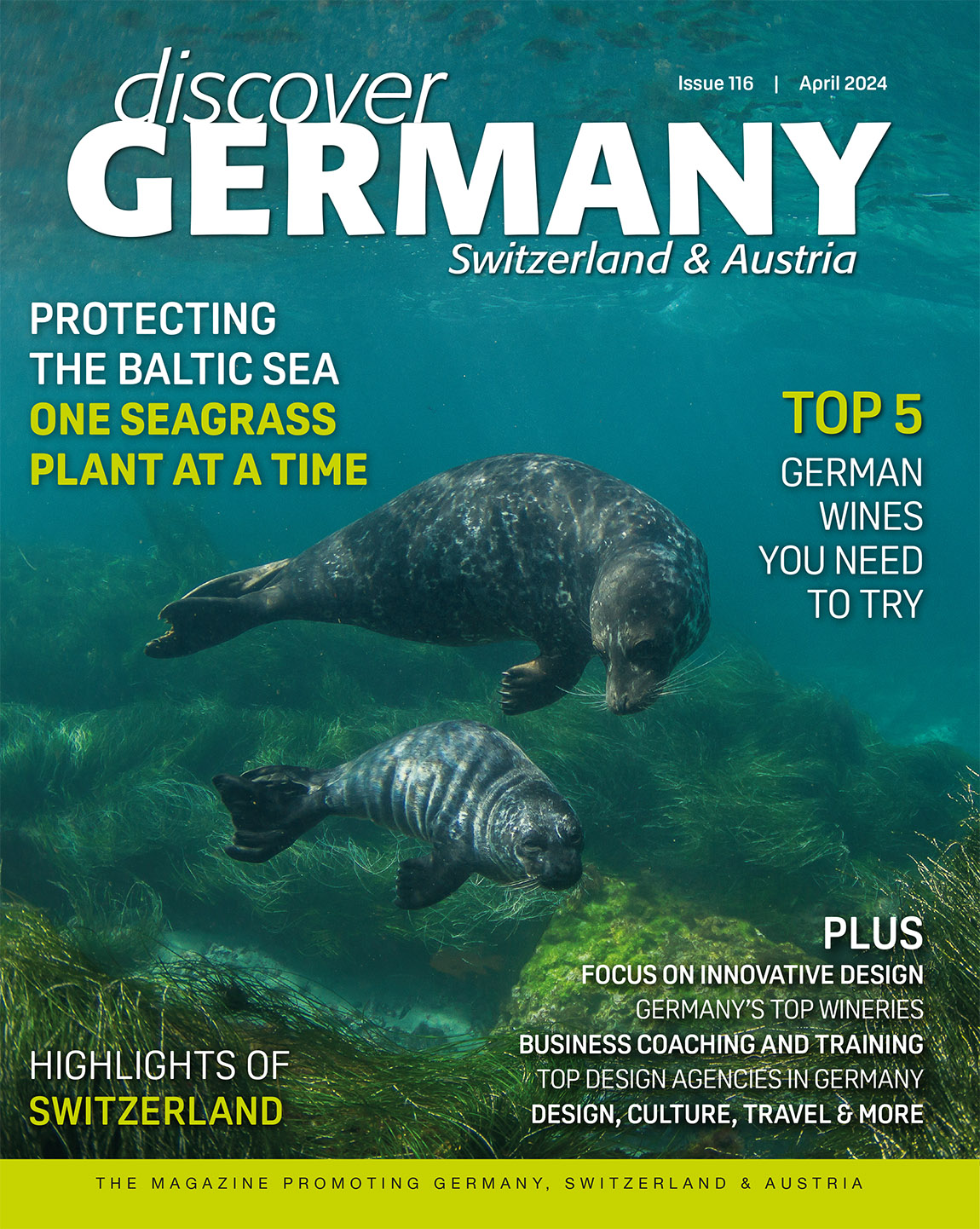Nature in flux: Experience ‘Geology live’ at the biggest glacier in the Alps

In a recent announcement, Swiss researchers stated that “the glaciers in the Alps are beyond saving.” In this context, it is unfathomable that even a giant such as the Aletsch Glacier in the UNESCO World Heritage Site Swiss Alps Jungfrau Aletsch, and at a length of 23 kilometres the biggest glacier in the Alps, will have disappeared by the end of the century. However, the signs are all there: As the glacial titan is melting, the mountainside above it loses its support, consequently subsiding downhill.
The area affected is fortunately uninhabited and has been cordoned off. New trails have been built so that hikers can safely watch the forces of nature at work. The Aletsch Arena’s cable cars have been prepared for this kind of large geological movement for some time now: for example, with the world’s first cable car station which moves with the ground. It is located on the Moosfluh viewpoint and, as expected in a meticulous country such as Switzerland, a standout monitoring system ensures that the Aletsch Arena cable cars can even claim to be “Switzerland’s safest mode of transport”.

For the entire family. Photo: © aletscharena.ch
“Think of it as a slightly opened book that is standing on its back,” geologist Michael Ruppen describes the situation. “The pages stand for our slope that is made up of layers of gneiss and granite. For the book to remain standing, it needs very solid book covers, i.e. the Aletsch Glacier and once also the Rhône Glacier.” If the glacier melts, the support gets lost and the slope slides down in places where geological conditions favour such occurrences. This depends on the rocks that the slope is made up of and its gradient. Where once was the Rhône Glacier, a similar process happened already a good 10,000 years ago. It resulted in the formation of the Aletsch Arena’s high plateau, now home to the idyllic and car-free mountain villages of Riederalp, Bettmeralp and Fiescheralp. Let us talk about the other book cover now: On the Moosfluh’s north side, parts of the slope are subsiding towards the glacier. In autumn 2016, the movement was particularly strong, with the rocks at the glacier tongue sliding up to 70 centimetres per day. By now, this area has largely become stable again. Down at the glacier there is a movement of 20 centimetres per day, however, up at the Moosfluh ridge we are at the moment talking one to two millimetres per day.
Expert for natural hazards signals: “Hiking trails are safe“
Despite the recent heaving and the unstoppable melting of the glacier, the situation is fortunately not dangerous for people, says Peter Schwitter who acts as an expert for natural hazards on behalf of the Canton of Valais where the Aletsch Glacier is located. Reminding of the golden rule that applies in the mountains (always stick to the hiking trail!), he says: “If you stay on the trails, you have nothing to worry about: Firstly, this mass movement does not affect populated areas and secondly, the endangered area is very clearly cordoned off.”

Hiking in the Aletsch forest. Photo: © aletscharena.ch
Flexible cable cars, moving with the mountain
A GBS-based system is continuously sending data from the glacier cable car to the responsible geologists. Webcams and satellites monitor the area and geophones measure microtremors deep down. “Because of this type of monitoring, the Moosfluh glacier cable car is one of Switzerland’s safest modes of transport,” geologist Ruppen stresses.
A conventional cable car could hardly cope with the geological mass movements in question here. Therefore, the appropriate provisions have already been made years ago: “We started to notice minimal movements while we still had the old glacier cable car in operation until 2015,” says Valentin König, CEO of Aletsch Bahnen AG. “Geological surveys undertaken in this area confirmed our observations.” Plus, the conditions for this type of mass movements were known, i.e. the type of rock and the way it is layered; the glacial melting causing the mountain to lose its support as well, as the changing climate with more rain and less freezing deep down in the ground. Hence, it was clear that a new cable car construction would have to fulfil specific requirements. Essentially, it needed to be able to move with the mountain – and there were no models for this anywhere in the world. The Swiss construction is a first. Valentin König explains the concept, saying: “The mountain station and the supports at the top stand in a concrete tank that can move along – up to 11 metres horizontally and nine metres vertically, just like a boat on the sea moves with the current and the wind.”

Aletsch Glacier. Photo: © Andrea Wurth
Wildlife benefits from new ‘quiet zone’
It is wildlife, such as black grouse, snow grouse, red deer or chamois, that profits in particular from the fact that parts of the mountain have become a ‘no go area’: “For animals, such a quiet zone is naturally a very positive thing,” says Laudo Albrecht, who heads the Pro Natura Centre Aletsch. The Aletsch forest, featuring up to 1,000-year-old Swiss stone pines, is, of course, never a very busy, let alone noisy place, no matter the circumstances. However, if part of the forest does not see any humans for months or even years on end, wildlife can exist completely undisturbed. Albrecht mentions chamois and red deer that he has seen in the cordoned off area, saying “Should there be any danger for them, they’d notice in good time. The only thing sometimes disturbing the animals are helicopters that scientists use to fly into the prohibited zone to carry out surveys. For them – just as for us – what’s currently happening is an incredibly exciting research project.” Geologist Ruppen agrees and says: “This is ‘geology live’, and also interesting for visitors: As long as you stay out of the exclusion zone, you can move around in a geologically active area without being in any danger.”
TEXT: C.C. SCHMID, TRANSLATION: BARBARA GEIER

Glacial cave, Aletsch Arena. Photo © Ed Kummer
Subscribe to Our Newsletter
Receive our monthly newsletter by email




